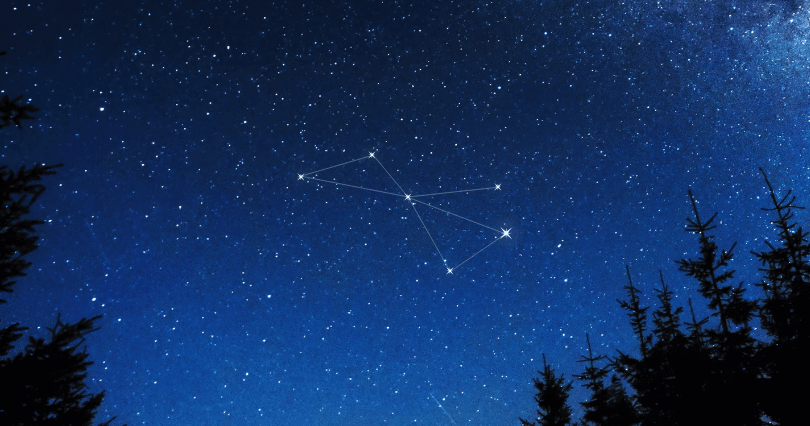Volans Constellation

Volans constellation is a small fainted constellation in the southern hemisphere. The best time to spot is during culmination in the spring months. The neighborhood constellations are Dorado Carina, Mensa, and Chamaeleon. Its name is Latin and it means ‘the flying fish’. The brightest star of the constellation is not Alpha, and is Beta Volantis instead – this one is located only 108 light-years away from our Solar system. The constellation has no connections to both Ptolemy and ancient Greece, and it is associated with the story of the Dutch fleet and its mission to the Spice Islands in the 16th century. Plancius was the one who introduced us to the Volans constellation, but he called it "Den vliegenden Vis" at first. Later on, the name appeared in Bayman’s “Uranometria” as just Volans. The name of the constellation was given by the type of subtropical flying fish.
How to find Volans constellation in the night sky?
Volans constellation is the 76th constellation in size, and it is set in the second quadrant of the southern sky. Volans is visible to all observers at latitudes between +15° and -90°. Best time to see it is during culmination in a spring month when the night sky is bright and clear. The constellation is located nearby: Carina, Chamaeleon, Mensa, Pictor, and Dorado constellations.
Volans is a member of the Johann Bayer family of constellations, along with these constellations: Apus, Dorado, Chamaeleon, Grus, Hydrus, Indus, Musca, Pavo, Phoenix, and Tucana.
Major stars of Volans constellation
Volans constellation is home to only two stars with its known planets. There are no meteor showers or Messier objects associated with this constellation. The brightest star in the constellation is Beta Volantis, with a magnitude of 3.77. Beta Volantis is about 107.5 light-years distant from our solar system and it is said that this orange giant is 41 times more luminous than the actual Sun. The constellation contains few deep-sky objects and the most important ones are the spiral galaxy NGC 2397, the MEathook Galaxy, and the Lindsay-Shapley Ring.
Mythology of the Volans Constellation
Due to the fact this constellation was recently discovered, there aren’t any famous ancient stories or myths linked to it. Volans got its name from the type of the tropical fish that was spotted by the Dutch fleet on their mission to she Spice Islands in the 16th century. This type of fish could jump out of the water and fly since it has wings. In the night sky, this fish is chased by other fish that are represented by Dorado constellation.
The constellation was first spotted by two Dutch navigators and cartographers. When the Dutch fleet, in command of Captain Keyser traveled to the Spice Islands so the new trade relationships could be created, they used this journey to measure the positions of the 135 stars. These documents helped Petrus Plancius to introduce 12 new southern hemispheres, never known before, a constellation in his sky maps. Volans was one of them and he referred to it as Piscis Volans. The constellation was included in Bayer’s “Uranometria” in 1603.
The name of the constellation was later on shortened when Hershel suggested that to Francis Baily. The first document of the new name for this constellation dated from 1845.
The constellation is now officially recognized and listed as one of the 88 modern constellations by the International Astronomical Union.
Choose your package
-
Lifetime Entry in Star Catalog
-
Guaranteed visible from your location
-
Star Finder app access


-
Free & express shipping available
-
PDF Emailed in Seconds
-
Everything from a Standard Star package
-
Choose a Star Constellation
-
Easier to find in the Sky




-
Free & express shipping available
-
PDF Emailed in Seconds
-
Everything from a Standard Star package
-
Name Two Stars together
-
Extra bright and Unique 2-Star Pair






-
Free & express shipping available
-
PDF Emailed in Seconds



